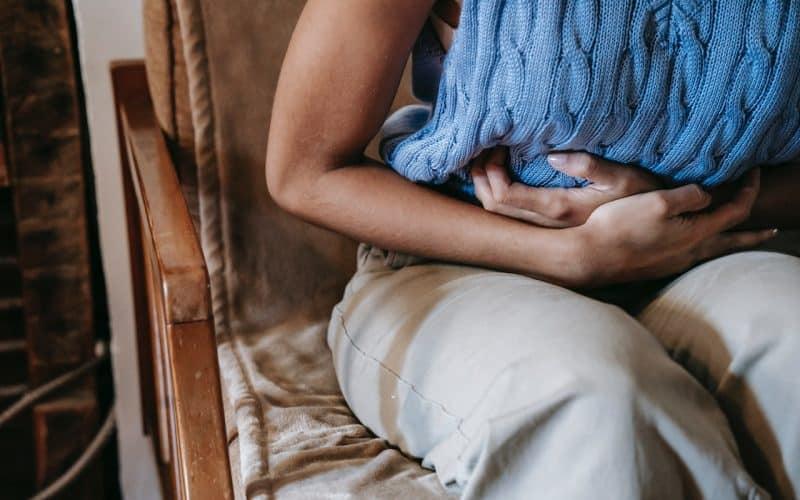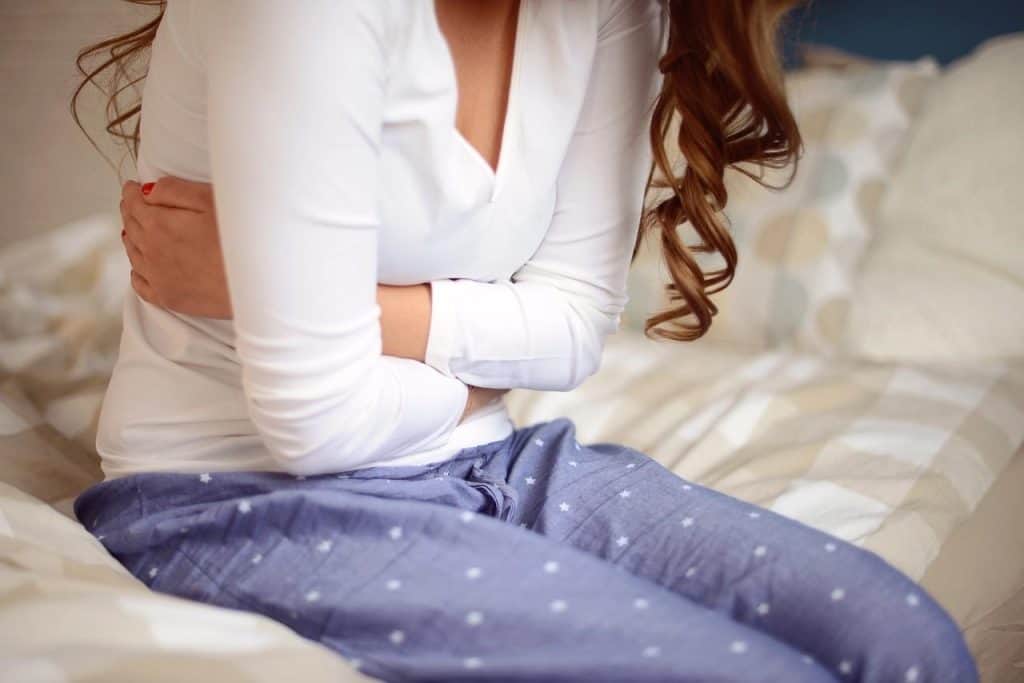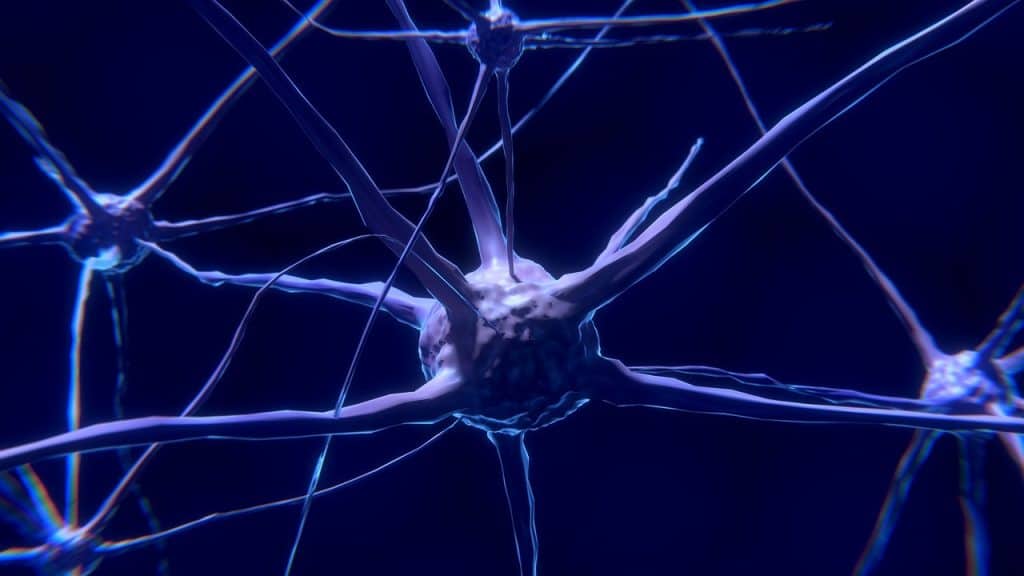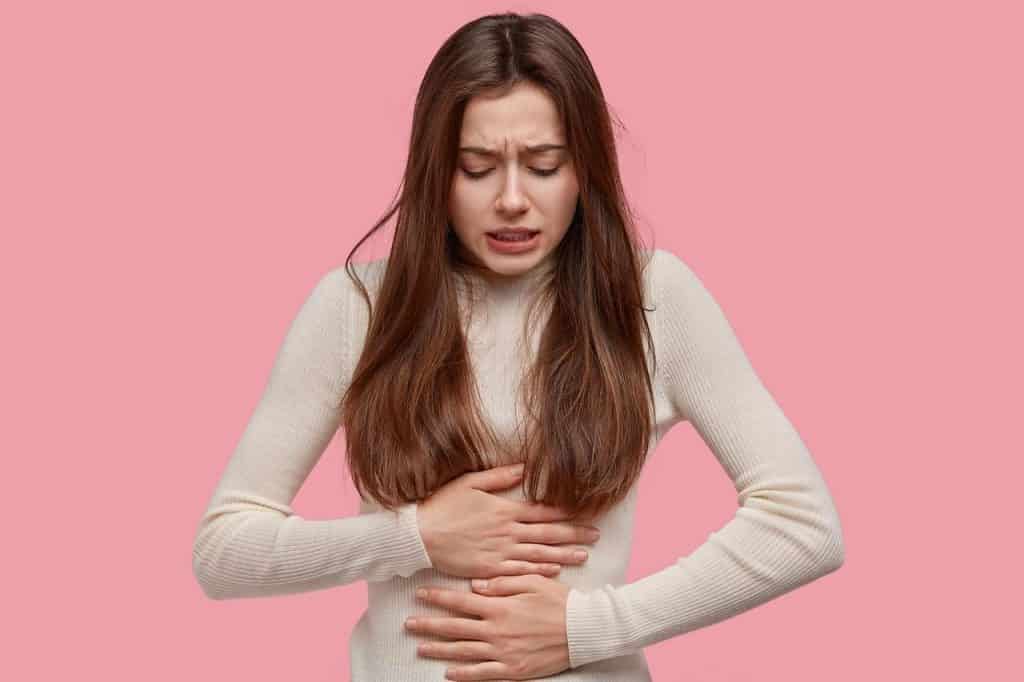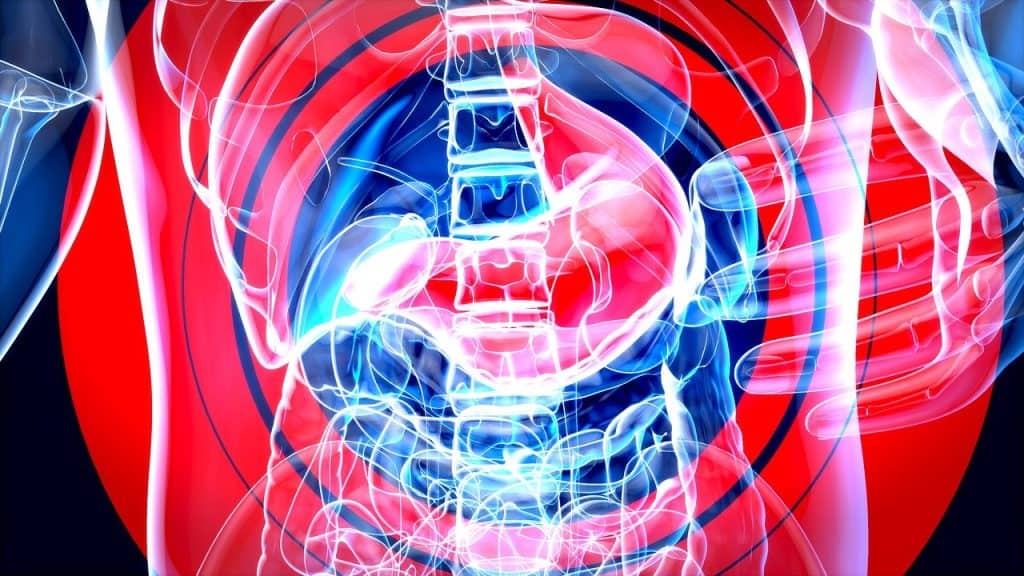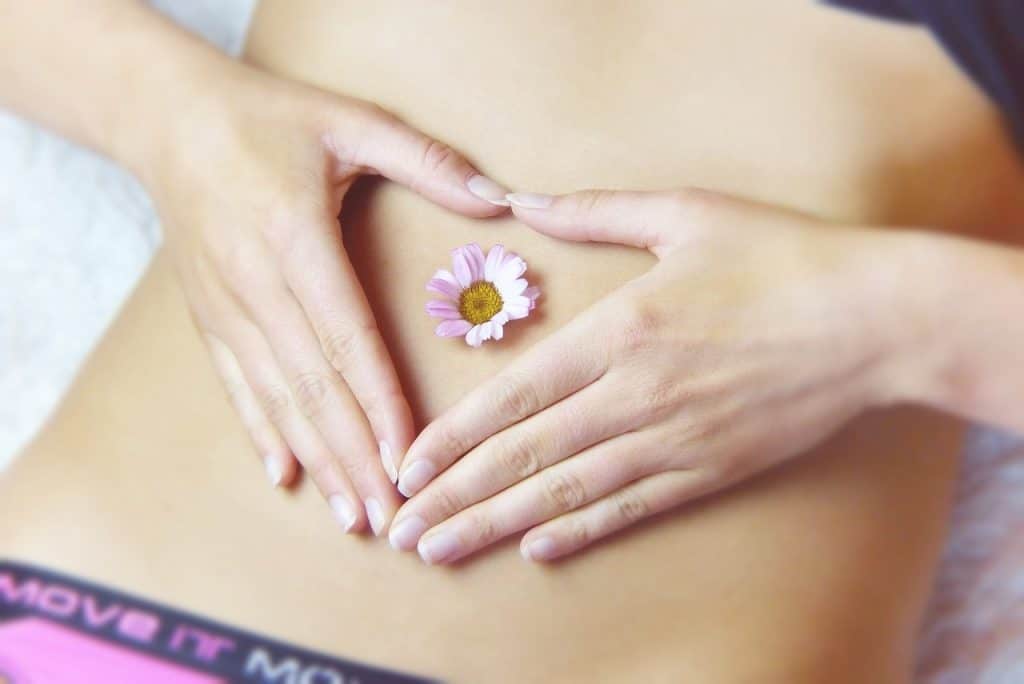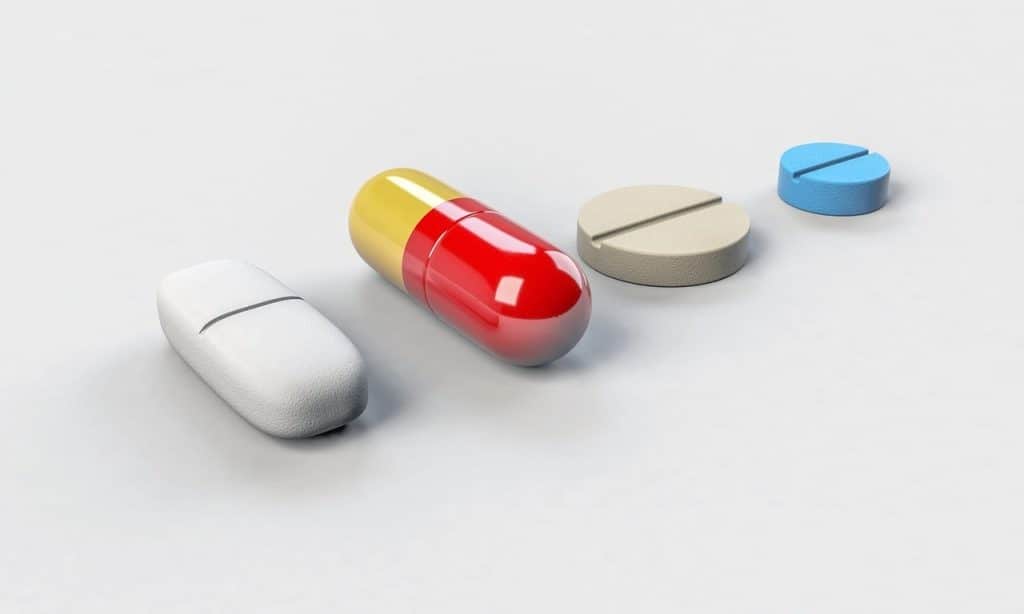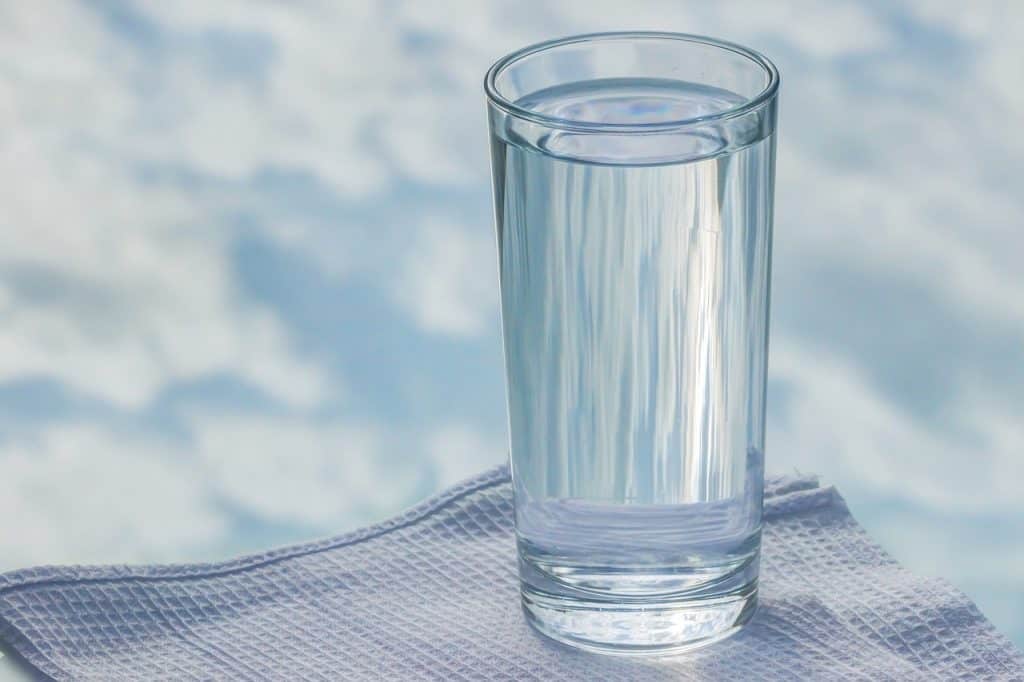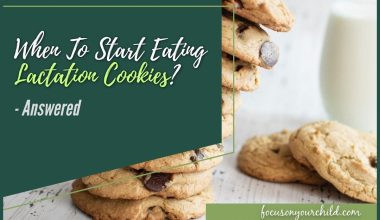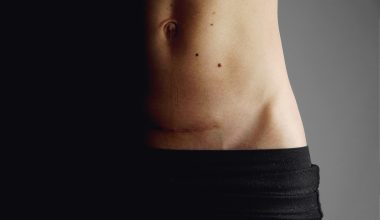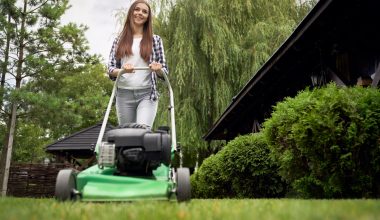About one-third of mothers in the United States give birth by Cesarean section or C-section. The mother receives an incision in the abdomen and uterus during this procedure. There are various reasons why obstetricians recommend C-sections rather than standard delivery.
It’s an invasive surgery, and there are many things to expect post-surgery, such as vaginal discharge and breast swelling.
Some women experience sharp stabbing pain on their left side after C-section. The possible causes include muscle spasms, nerve damage, or infection.
The first few weeks after a strenuous surgery such as a C-section are critical for recovery because of the complications that might arise. Hence, experiencing excruciating pain post-surgery can worry many mothers. Knowing what caused it might help relieve this anxiety.
Possible Causes of Sharp Stabbing Pain on the Left Side After C-Section
1. Muscle Spasms
Delivery via C-section weakens the lower abdominal wall. Therefore, muscle spasms are common after this surgery. A muscle spasm or cramp refers to the involuntary contractions of muscles, causing unpredictable and sudden sharp pain.
Women who suffer from severe muscle spasms in their abdominal wall after a C-section might experience difficulty walking because the pain from the abdomen might radiate to the leg. They might also have to endure restless nights due to the sudden stabbing pain.
2. Nerve Damage
Surgery is traumatic for the human body. After some surgical procedures, such as a C-section, it’s common to develop peripheral nerve damage. Its symptoms include searing, burning, tingling, or stabbing pain.
Nerve damage occurs when the multiple layers of protective tissue surrounding the peripheral nerves get injured. In this case, the injury might be from a cut or tear in the tissue during the C-section.
One study states that surgical incisions (such as those used in C-sections) made below the anterior extremity of the pelvis’ iliac crest can damage the nerves. The nerves usually affected are the iliohypogastric and ilioinguinal nerves. Both have sensory functions.
Another report supports the statement above. According to this study, women with iliohypogastric and ilioinguinal nerve entrapment syndrome may experience different kinds of pain after an operation like C-section.
Aside from experiencing burning or stabbing pain near the incision, they might also notice impaired sensory perception of the nerve. In many instances, the pain results from the pressure on the incision itself, usually caused by the positioning or the surgical equipment used.
3. Afterbirth Pains
Belly cramps after childbirth, which are also called afterbirth pains, result from the uterus’s shrinking as it returns to its original size. Most mothers will experience this regardless of the method of delivery. The pain shouldn’t last more than a few days.
4. Internal Infection
Another possible cause for the stabbing pain on your left side post-C-section is internal infection. Aside from abdominal pain, you might also develop flu-like symptoms.
Surgical site infection (SSI) is the most common post-C-section complication. According to one study, three to 15% of women who undergo C-sections will get an infection. The said infection can be in the incision site, uterus, or belly.
Other symptoms of internal infection post-surgery to watch out for include a fever over 100.4ºF (38ºC), persistent abdominal pain, and foul-smelling vaginal discharge. Various factors can contribute to the risk of infection.
The first category, called host-related factors, depends on the mother. The woman’s age, body mass index (BMI), pregnancy history, and preoperative health conditions affect the possibility of developing an infection after the C-section.
Aside from host-related factors, there are also pregnancy-related considerations. Suppose you experienced any or a combination of the following during labor and delivery. In that case, you might be at risk of SSI.
- High blood pressure
- Premature rupture of membranes (PROM)
- Chorioamnionitis
- Gestational diabetes mellitus (GDM)
- Usage of epidural
- Internal fetal monitoring usage
- Twin pregnancy
- Lengthened labor before the procedure
The third and last category pertains to procedure-related factors. Emergency C-sections, the need to do a blood transfusion, and prolonged surgeries are a few examples. The risk also increases if you have a large incision scar or need to undergo a Cesarean hysterectomy.
5. Trapped Gas
It’s common for women to have painful gas after childbirth, and several possible causes exist. Postpartum gas can result from pelvic floor damage, constipation, diet, or lifestyle. If the trapped gas causes stabbing pain, it’s likely a side effect of constipation.
There might be a cause for concern if the abdominal pain caused by excess gas turns severe. It’d be best to watch for signs of infection, such as severe lower stomach pain, fever, and bleeding. You might need to visit the hospital if the pain lasts more than three days after delivery.
Treatment for Sharp Stabbing Pain on the Left Side After C-Section
If the Cause Is Muscle Spasms
Muscle spasms generally don’t require medical attention. You can try to relieve the pain by gently massaging the muscle cramp using your hands or a roller. You can also take a warm bath or apply heat using a warm towel or a heating pad.
After heat application, you can also apply a cold compress. Remember also to drink lots of fluids to help your muscles relax. If your doctor permits, take a painkiller.
One study states that the thickness of the abdominal muscle decreases after childbirth. Therefore, it helps to do abdominal muscle exercises to alleviate postpartum symptoms. Experts recommend walking around within 24 hours after the surgical procedure.
Walking can help relieve gas pains and prevent blood clots. When doing light walking, support your belly, and don’t push yourself too hard. In addition, remember to be extra cautious because you must still reduce physical activities to facilitate healing.
It’s significant to note that the home remedies mentioned above only apply if you don’t experience other symptoms that might indicate a more worrying condition. Visit the nearest hospital if the pain lasts long or is recurring.
If the Cause Is Nerve Damage
Pain from iliohypogastric or ilioinguinal nerve damage often subsides naturally. Conservative treatment for this condition (e.g., administering anti-inflammatory agents for systemic effects or injecting anesthetic for local ones) usually provides temporary pain relief.
A neurectomy might be the only remedy for severe pain relief. After all, studies show that it’s an effective treatment for patients with nerve damage after an abdominal surgery like a C-section.
If the Cause Is Afterbirth Pains
As stated earlier, belly cramps are common after giving birth and usually last only a few days. Therefore, you can take over-the-counter medication to relieve your pain. It’s worth emphasizing, however, that if you feel symptoms other than cramps, consult your doctor first.
If the Cause Is Internal Infection
The usual treatment for internal infection after surgical procedures involves antibiotics. Your doctor will prescribe you the appropriate antibiotic for your particular case. If your doctor deems your condition severe, you might undergo surgery to avoid further complications.
If the Cause Is Gas Pain
The treatment for trapped gas that causes stabbing pain on your left side depends on its cause. If the gas pain results from constipation, there are home remedies you can try. Drinking eight to 10 glasses of water will help relieve your symptoms.
You can also eat prunes, which are mild natural laxatives. If you don’t drink warm liquids in the morning, you might want to start doing so to relieve your pain. Get plenty of rest, eat green vegetables, and consume high-fiber foods like bread and whole-grain cereals.
As mentioned previously, decreasing your physical activities after giving birth is crucial so you can heal. However, the lack of physical activity might also lead to constipation. It’s best to strike a balance by being self-aware and knowing when and how to do light exercises.
It’s significant to emphasize that you must first ask your doctor for permission before returning to regular activities. Refrain from heavy lifting, twisting movements, and high-impact exercises, such as running.
Final Thoughts
As mentioned previously, the first few weeks after giving birth are crucial. After all, they set the stage for the mother and her infant’s long-term health and overall well-being. It helps to know what to expect while recovering days after a C-section.
Some postpartum symptoms after C-section are manageable. Your obstetrician-gynecologist will inform you of what to expect post-surgery. They’ll also teach you how to care for your c-section incision and advise when you can return to physical activities.
You can expect a full recovery after six weeks if you take things easy and prioritize healing. Contact your healthcare provider immediately if you experience worsening symptoms, as they might be signs of another condition that requires urgent treatment.
